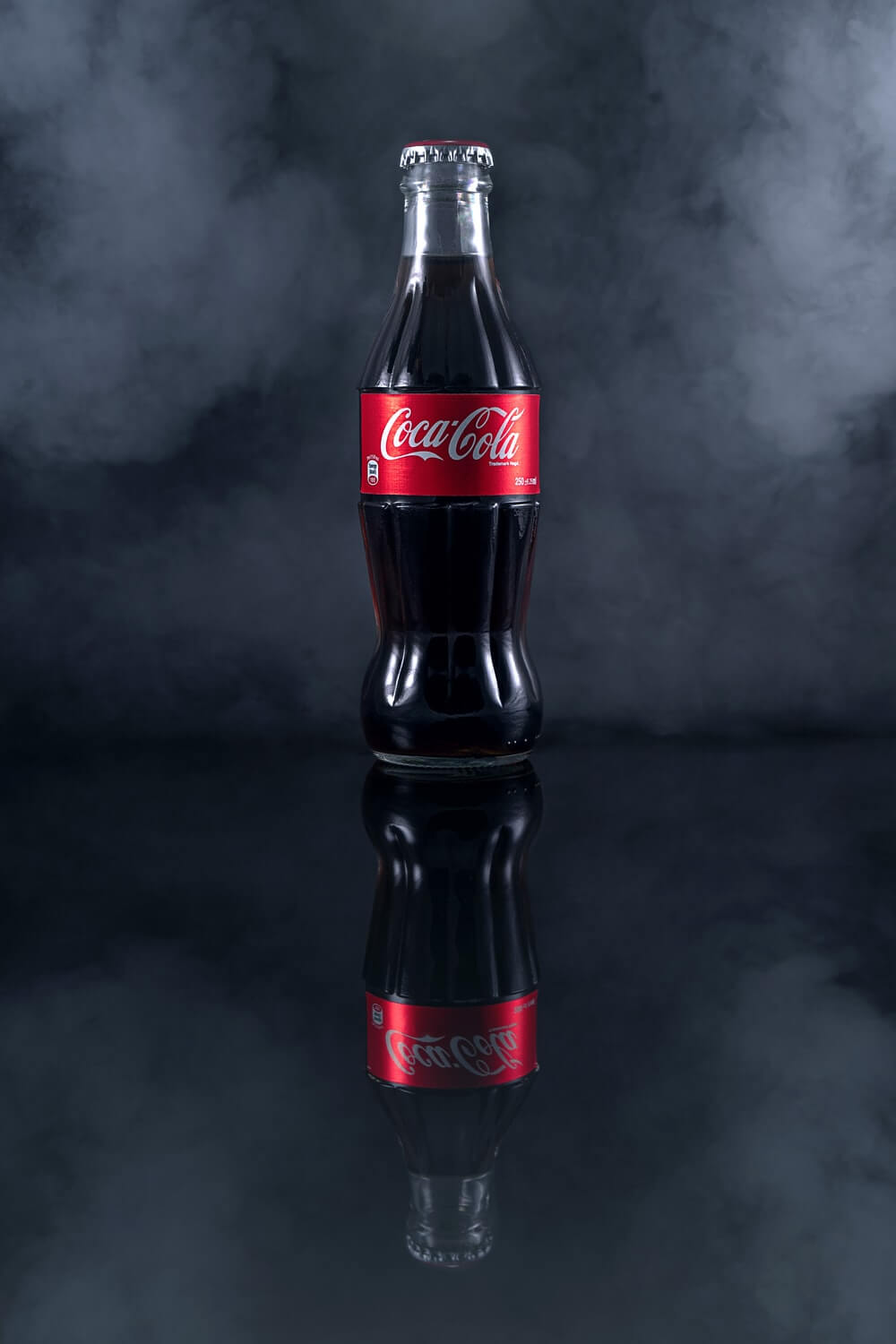Choosing Between Design and Trademark Protection for Shape of Goods
In today’s dynamic market, businesses constantly seek ways to distinguish their products and attract consumers. One effective strategy is leveraging distinctive trademarks or original designs, including the unique shape of goods. However, determining whether to pursue design protection or trademark protection for such innovations can be challenging. In this article, we will explore the scope of protection under trademark and design regulations, analyze their overlap, and provide guidance on making the best choice.
Table of Contents
Scope of Protection under Trademarks Act, 1999, and Designs Act, 2000
Understanding the scope of these two acts is essential for making informed decisions. The Trademarks Act, 1999, and the Designs Act, 2000, collectively constitute the legal framework governing trademark and design protection.
Designs Act, 2000:
- Grants exclusive rights over the shape, configuration, pattern, or composition of lines or colors of a product.
- Focus on the overall aesthetic appeal, determined solely by visual appearance.
Trademarks Act, 1999:
- Protects marks that distinguish the owner’s products or services.
- Broader range of elements, including logos, brand names, product shapes, etc., can be protected as long as they serve as source identifiers.
Deciphering the Overlap Between Design and Trademark Protection
While these two forms of IP protection may overlap, their purposes differ
- Trademarks are typically associated with trade dress and can be applied to or associated with the overall appearance of a product.
- Designs are frequently applied as two-dimensional patterns to enhance aesthetic appeal. Example: Coca-Cola’s bottle shape can be a trademark, while geometric patterns on a chip packet serve as design.

Criteria for Trademark vs. Design
| Criterion | Trademark Protection | Design Protection |
| Purpose | Source identification | Aesthetic enhancement |
| Application | Applied to trade dress. (packaging, labels) | Applied directly to the product |
| Protection Duration | Indefinite (with renewal) | Maximum 15 years (including renewal) |
| Scope of Protection | Broader, covers various elements | Limited to visual aspects of the product |
| Flexibility for Amendments | Flexible, allows modifications | Limited, changes may risk loss of protection |
What Makes a Shape a Trademark or Design?
The eligibility for trademark or design protection hinges on the application and use:
- Trademarks serve as source markers, while designs contribute to aesthetic appeal.
- Two-dimensional patterns on products differentiate design from trade dress.
Advantages and Disadvantages of Design Protection
| Advantages | Disadvantages |
| Clear Distinctiveness: Focuses on the aesthetic appearance, making it easier to establish distinctiveness. | Limited Duration: Protection lasts a maximum of 15 years. |
| Faster Registration: Quicker registration compared to trademarks. | Narrower Scope of Protection: Only covers the visual appearance of a product. |
| Broader Coverage: A single design registration can cover multiple products within the same Locarno Class. | Less Flexibility for Amendments: Amendments or modifications can be challenging without risking the loss of protection. |
Advantages and Disadvantages of Trademark Protection
| Advantages | Disadvantages |
| Strong Brand Recognition: Builds brand recognition and distinct identity. | Complex Registration Process: Complex and time-consuming compared to design registration. |
| Longer Duration of Protection: Can be protected indefinitely with continuous use and renewal. | Risk of Genericization: Run the risk of becoming generic if not actively protected. |
| Broader Scope of Protection: Covers a wide range of elements, including logos, names, slogans, and product shapes. | Limited Protection for Product Shape: Challenging to obtain for functional or non-distinctive shapes. |
Making the Choice: Design vs. Trademark Protection
The decision between design and trademark protection depends on several factors:
Design Protection:
- Ideal for protecting the aesthetic appearance quickly.
- Faster registration processes and clearer distinctiveness.
- Suitable for long-term brand recognition and broader protection.
- Offers a longer duration of protection and a comprehensive scope.
Why You Should Choose Sagacious IP to Protect Your Intellectual Assets
- A team of 350+ technology/industry experts with in-depth knowledge of Indian and international IP laws.
- A strong network that allows for quick and accurate communication within the Indian Patent Office.
- Vast experience in filing and prosecuting trademark applications in India & globally. The trademark team can assist you with the procedure and other related incidental matters.
- Unparalleled knowledge of national and IP best practices. Over 1000 clients from 45+ countries have availed our services for a variety of technological fields, from simple inventions to complex topics in life sciences, engineering, and ICT.
Final Thoughts
While trademark and design laws may overlap in protecting a product’s a product’s shape and three-dimensional layout, it’s essential to understand their distinct purposes. Trademark protection focuses on identifying the source of goods or services, while design protection focuses on protecting the aesthetic appearance of a product. For holistic protection, it’s advisable to create significant goodwill and reputation for your design, considering both design registration and trademark registration.
Additional Resources:
- Guide on Filing Trademark Application in India
- IP Best Practices: 10 Tips to Boost Productivity via IP and R&D Collaboration
- Navigating TM Filings: Strategies to Overcome Likelihood of Confusion Trademark Rejection
Consulting intellectual property professionals is crucial to assess your brand’s unique needs and navigate the complexities of IP protection. They can provide expert guidance and help navigate the complex process of obtaining design or trademark protection. Over the years, Sagacious IP, we’ve helped countless clients secure their brands and maintain exclusivity with Trademark Filing and Prosecution Service and Design Filing and Prosecution Service.
Still Confused About Design or Trademark Protection? Contact Our Experts Today!
– Prathmesh Meena, Akash Dudhwa (IP Filing and Prosecution) and the Editorial Team
Having Queries? Contact Us Now!
"*" indicates required fields




